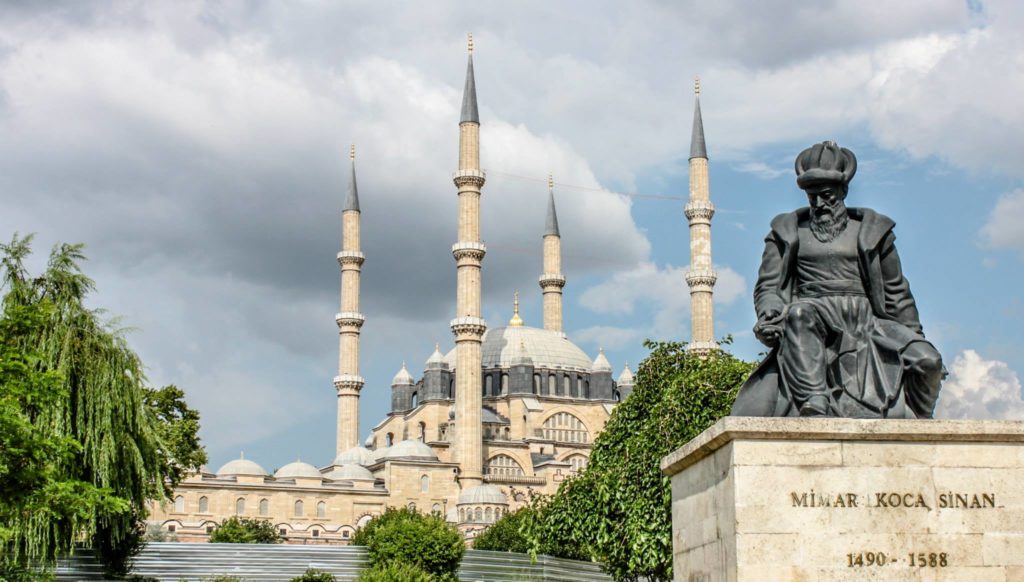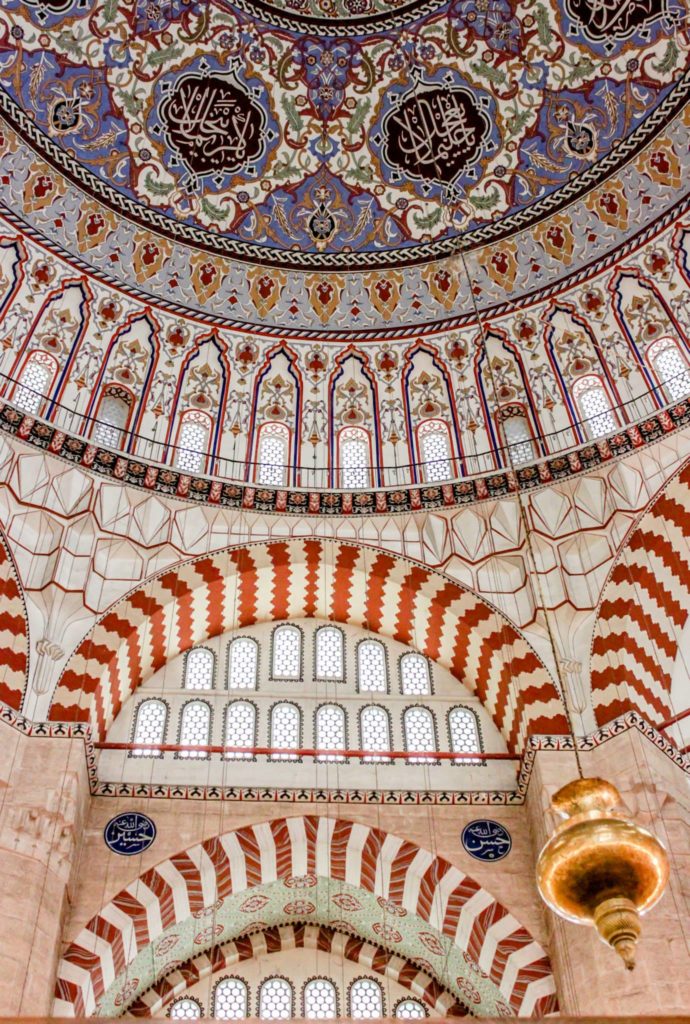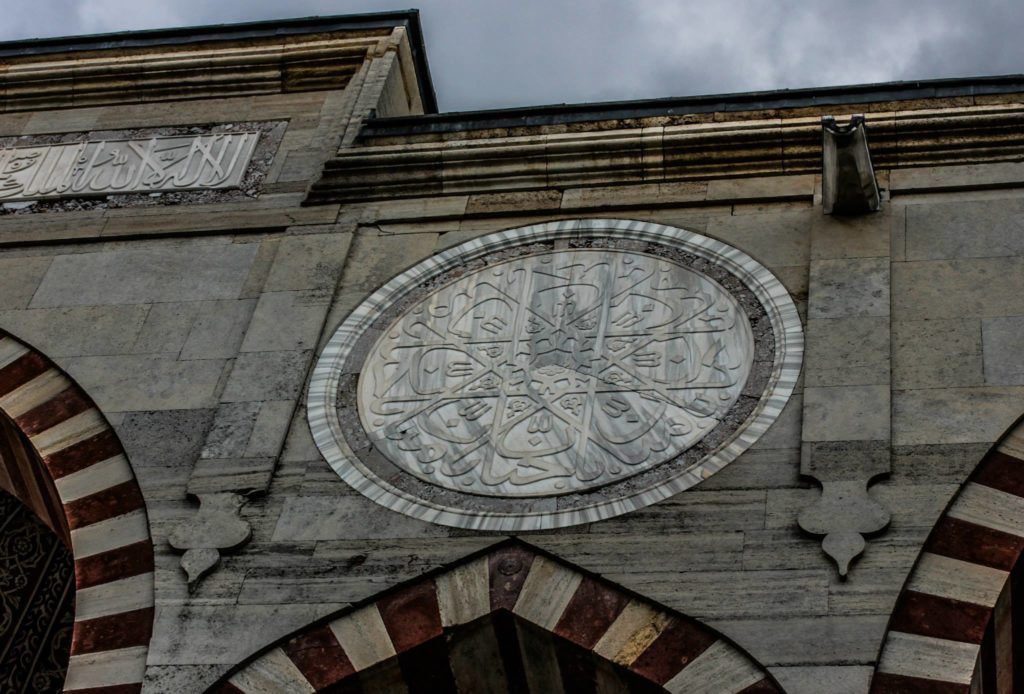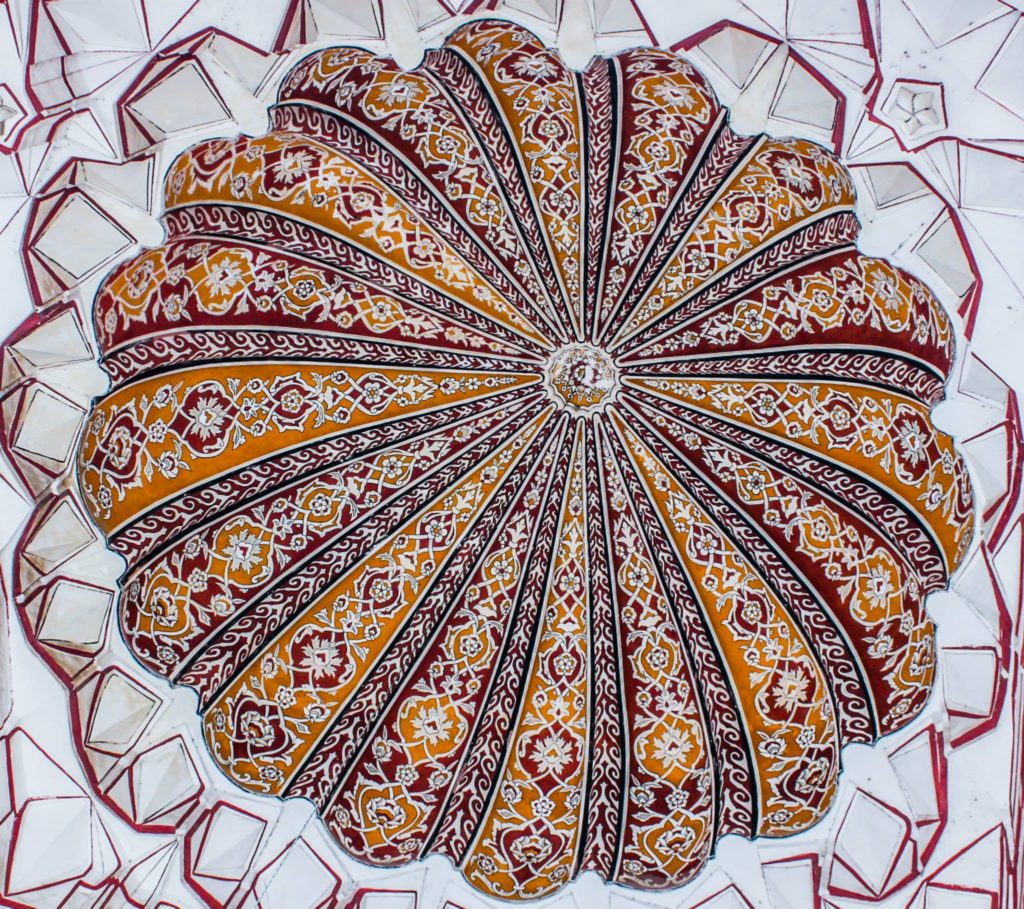
Looking for an affordable, easily explored, and architecture-filled weekend trip from Istanbul? Edirne is the place to be! While not as glamourous as other weekend trips to the south, Edirne is still great to visit anytime of the year.
Although the city is best known for the imposing Selimiye Camii, oil wrestling, and fruit-shaped soap, Edirne can provide a wonderful trip for those interested in architecture, Ottoman history, or just wanting to escape the crowds and city heat. Edirne was once called Der-i Saadet, the “gate of happiness” by Ottoman Sultans, and perhaps after a few hours wandering this warm and uncomplicated city, you will see why.
Getting there and around
Frequent and affordable buses leave from Istanbul’s main Otogar from a variety of bus companies. Trips last around 2-3 hours, depending on Istanbul’s traffic of course! Book online or from a bus station office. Once there, wait for the free shuttle servis that leaves from the Edirne Otogar into the main part of the town. The town is not large and is easily accessible by foot, or rent a bicycle and explore the paths and stone bridges along the river. City buses will also get you back to the Edirne Otogar for a few lira in under 30 minutes.
Where to stay
While it’s possible to just spend the day in Edirne and return to Istanbul in the evening, spending the night would allow you to really experience the city. There are a variety of places to stay, from cheap and sparse hotels to Ottoman-style delux suites. Wherever you stay, try to get a view of the Selimiye Camii to see it beautifully lit at night!
When to go
Edirne is a great short trip anytime of the year. In spring the surrounding countryside is bursting with greenery and fresh leaves, while roadside farm stands are full of juicy strawberries. In summer, neighbouring sunflowers are in full bloom, perfect for your Instagram posts, and in June the famous oil-wrestling, kırkpınar, begins. Fall brings crisp days and changing leaves, while winter’s snow would allow a perfect romantic backdrop for chilly walks and cozy architecture tours.

Sights:
Selimiye Camii
This mosque was commissioned by Sultan Selim and was built by everyone’s favourite architect, Mimar Sinan, between 1569 and 1575. It’s now a UNESCO World Heritage Site and from just one look, you can see why. In the 1500s, there was a saying in Europe that Muslims could not build a dome as big as the Byzantine’s Ayasofya. Sinan then proved the Islamophobes wrong and built a dome bigger and higher, later inspiring other mosques such as Sultanahmet Camii.
The mosque itself is surrounded with a beautiful area and has the most perfect courtyard to relax in. In the middle of the mosque there is an upside down tulip fountain, a tourist attraction in its own right. The mosque was reportedly built on a farmer’s tulip field who was understandably very reluctant to lose his land. To commemorate this, the city’s symbol is a tulip, which might not be a fair tradeoff! Outside of the mosque there is a little covered market selling many wares and plastic fruits, a souvenir based on the fruit shaped soaps that Edirne was famous for.

Eski Camii
Next on the list is the Old Mosque built between 1403 and 1414, and is, as the name suggests, the oldest imperial mosque in Edirne. Many mosques in Edirne are unique from those in Istanbul because the inside walls are often covered with giant calligraphy scripts of the names of Allah, Mohammed, and other prophets. In addition to the giant scripts there are also beautiful paintings all over the walls. Again, there is a covered bazaar, or bedesten, outside of the mosque, which used to be the main centre of trade and commerce in Edirne. Here you can buy souvenirs such as pottery, beautiful but perhaps a little less important compared to 15th-century silver and carpets.

Üç Şerefeli Camii
On to the next! The Three Balcony mosque, so named because one of the four minarets has three balconies, is another feat of Islamic architecture. Built between 1437 and 1447, it represents the beginning of the Ottoman style. This mosque is mysterious; no one knows exactly who built it, and is a bit different to look at, with minarets of varying lengths and very colourful ceiling domes. Close to this mosque are the old Hadrian walls built by the Emperor in 123-124. They’re now mostly in ruins but still interesting to see, and close to the best mercimek çorbası (lentil soup) I’ve ever had from a small family restaurant.
The Bridges of Edirne
Ottoman stone bridges are common in the Balkans and I was not disappointed, albeit a little nervous while biking across their narrow and bumpy paths. When the city was first founded by Emperor Hadrian, then-called Hadrianopolis, the town congregated where the wall ruins are now. But as the city developed, some settlement occurred on the west bank of the river, and it continued to expand under Ottoman Sultans Murad II and Bayezid II. More bridges were built, often using Roman constructive elements and even the same stones!
Edirne Büyük Sinagoğu
Closer to the bridges but not a far walk from the town’s centre, situated within the old Jewish quarter, this Synagogue’s cheerful yellow colour is beautiful, though you may need an appointment or to find a kind caretaker to let you in. This synagogue replaced the neighbourhood’s 13 synagogues, which were all destroyed during the 1905 fire, and was modeled after the Ottoman Sephardic Synagogue in Vienna. Though abandoned in 1983 it was recently renovated starting in 2010 and is fully functioning.
Edirne Sarayı
The Imperial palace, home to Süleyman the Magnificent, is now mostly in ruins, which are currently under construction. It’s still worth a visit for the peaceful walk and empty green lush fields punctuated with startling pink and white stone remnants of past grandeur.
All images courtesy of Michael Barngrover.









